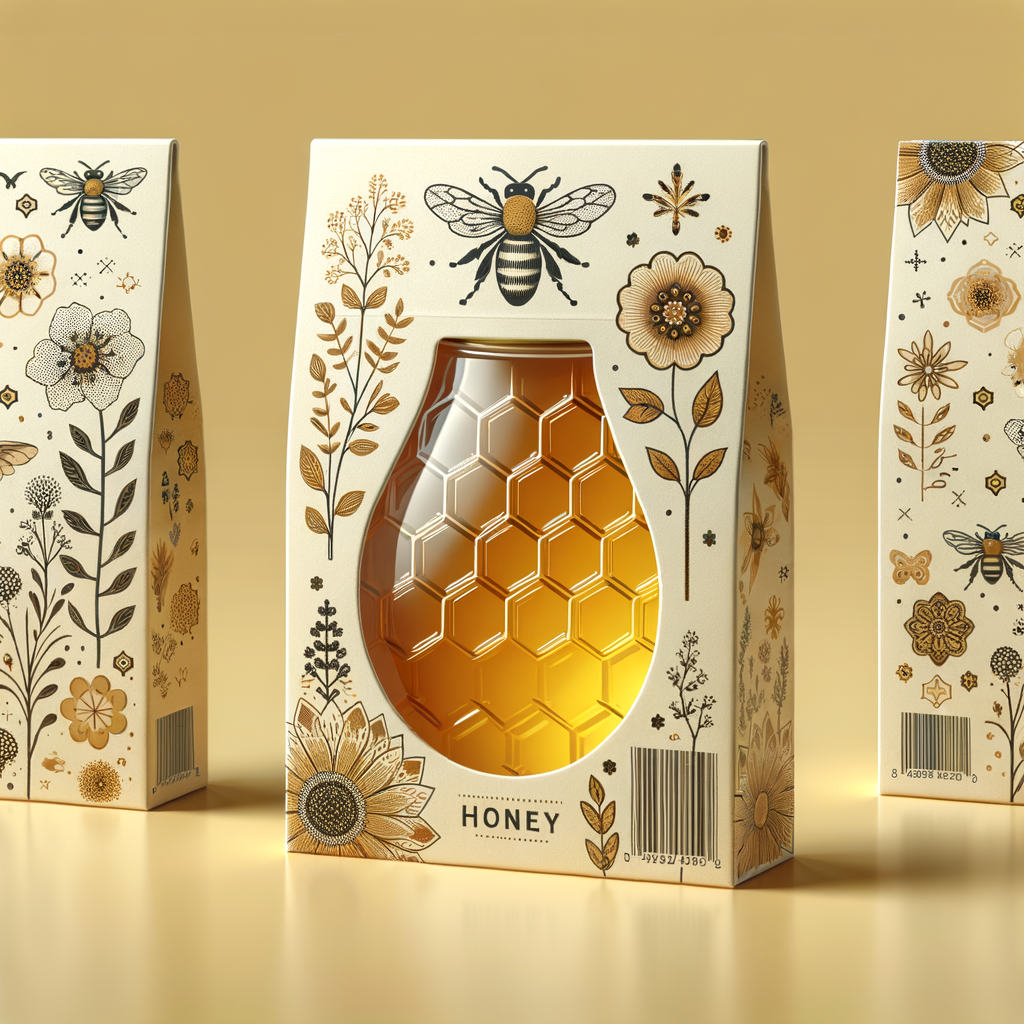The pervasive use of plastic packaging has raised serious environmental concerns, making it imperative to explore sustainable alternatives. Plastic pollution, affecting our oceans and wildlife, demands immediate action. In this article, we will delve into eco-friendly packaging solutions that offer sustainable alternatives to plastic.
The Need for Sustainable Packaging
The need for sustainable packaging transcends convenience and aesthetics. It is an ethical obligation to reduce the ecological footprint associated with single-use plastics. With plastic pollution infiltrating our ecosystems, transitioning to eco-friendly alternatives is not a choice but a moral responsibility.
Benefits of Eco-Friendly Packaging
The benefits of adopting eco-friendly packaging extend beyond environmental concerns. Businesses embracing sustainable packaging solutions not only contribute to a healthier planet but also enhance their brand image. Moreover, cost-efficiency and resource conservation are intrinsic advantages.
Types of Eco-Friendly Packaging
- Recycled Paper Packaging
-
- Recycled paper packaging is a versatile and eco-conscious choice. It’s not only biodegradable but also recyclable, reducing the environmental impact. Customizable with eco-friendly inks, it allows businesses to convey their commitment to sustainability effectively.
- Biodegradable Plastics
-
- Biodegradable plastics offer a compelling solution for businesses seeking the convenience of plastic without the long-term environmental harm. These materials break down naturally, minimizing ecological damage.
- Glass Packaging
-
- Glass packaging is renowned for its durability and recyclability. Ideal for products such as beverages and cosmetics, glass preserves product quality while reducing the demand for single-use plastics.
- Metal Packaging
-
- Metal packaging provides excellent protection and recyclability. Cans and metal containers are widely used for various goods, offering a sustainable alternative to plastic.
Best Practices in Eco-Friendly Packaging Design
Creating compelling eco-friendly best food packaging designs is essential for capturing consumer interest. Sustainable materials, eye-catching aesthetics, and informative labels that communicate eco-friendly aspects should be incorporated into the design.
Challenges and Limitations
Transitioning to eco-friendly packaging may pose challenges such as higher production costs and limited material availability. Overcoming these hurdles requires commitment and innovation from businesses.
Consumer Awareness and Demand
Consumer awareness is a driving force behind the growing demand for eco-friendly packaging. As consumers become more eco-conscious, businesses must adapt to meet their preferences, fostering positive change.
Government Regulations
Governments worldwide are enacting stringent policies and regulations to support sustainable packaging practices. Complying with these regulations is not only responsible but also helps businesses avoid legal complications while contributing to a greener future.
Conclusion
In conclusion, the shift toward eco-friendly packaging solutions is an imperative step in our journey toward a more sustainable future. By embracing alternatives to plastic packaging, businesses can minimize their environmental footprint, build consumer trust, and play a pivotal role in preserving our planet.
…
